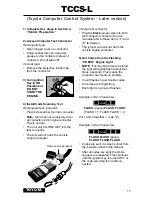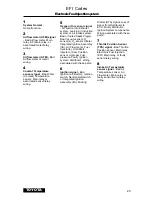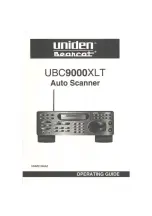
10
ized Engine Controls”, “Electronic
Engine Controls” or “Tune-Up
Information.”
• Turn the ignition key OFF.
8) Find the Computer Test Connector
Referred to as the “CHECK” connector,
the “CHECK ENGINE” connector, the
“ENGINE CHECK” connector, the “EFI”
connector, or the “SERVICE” connector.
There are 2 types...
• Circular plastic:
This is usually
bright yellow (or
green), with 2
contacts. It is
located in the
engine compart-
ment. The
connector may be
taped to the vehicle harness and fitted
with a protective rubber cap,
or
plugged into a protective rubber cap
mounted on a chassis part (such as
an inner fender). This style connector
is found primarily on 1983 through
most 1986 model year vehicles, and
vans through 1989.
• Rectangular plastic:
This is usually
black or gray, with
18 or 24 contacts.
The connector has
a hinged cover
labeled “DIAGNO-
SIS”, “DIAGNOS-
TIC”, “CHECK CONN”, or similar. The
connector is bracket mounted in
various locations such as:
– inner fender
– fender wheel well
– strut or shock tower
– behind battery or near power
distribution center (relay/fuse box)
– near ignition coil or air flow meter
– near wiper motor
– under driver’s seat (Previa)
TM
TOYOTA
CP9025
9) Select the Proper Tool
• The black jumper wire is used with
the circular type test connector.
• The code scanner tool is
used with the rectangular
type test connector.
10) Have a Pencil and
Paper Ready
This is for writing down all
the codes.
This completes the vehicle preparation.
Proceed to Section 5, “Reading Trouble
Codes.”
TOYOTA
Summary of Contents for Code Scanner CP9025
Page 49: ...49 NISSAN...











































